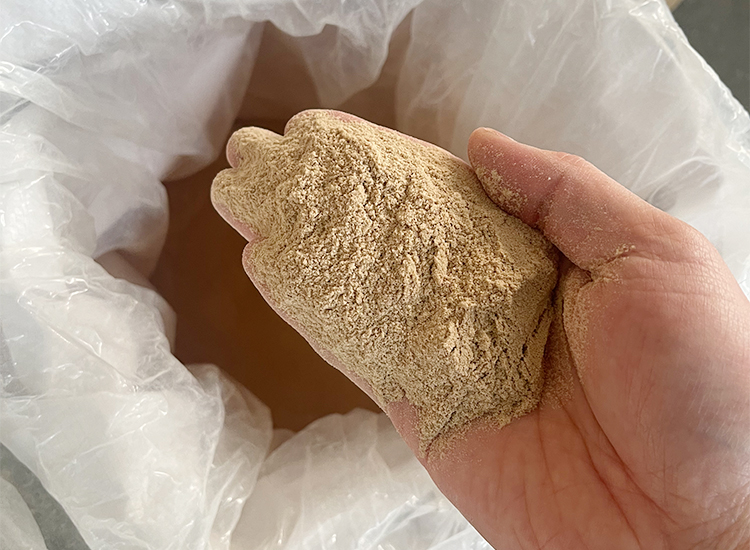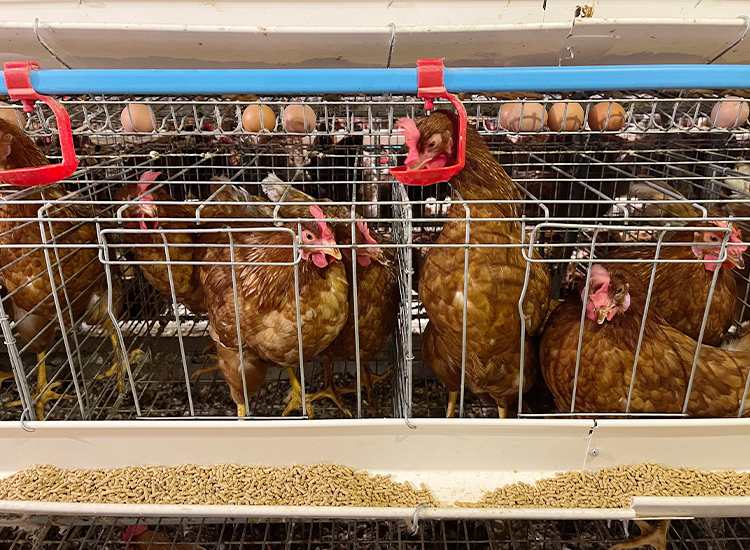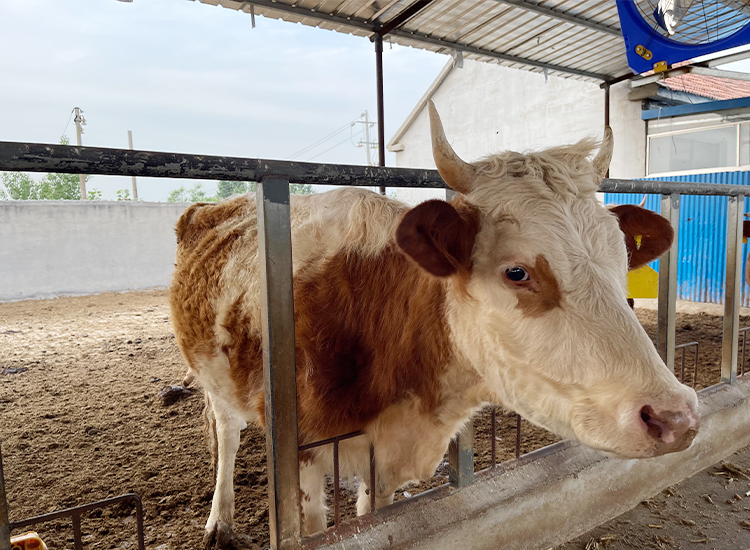-
Company
-
Products
-
Events
-
Feed Talk
-
Contact
-
Follow Us
How To Use Yeast Cell Wall and Its Functions
Modern farming practices, while efficient, often expose animals to stressors that compromise gut health—the corners
Modern farming practices, while efficient, often expose animals to stressors that compromise gut health—the cornerstone of nutrient absorption and disease resistance. Poor-quality feed, pathogen exposure, and environmental pressures disrupt the balance of intestinal microbiota, leading to chronic inflammation, weakened immunity, and slowing growth. Conventional products, such as antibiotics or synthetic additives, offer temporary relief but come with long-term risks, including drug residues and microbial resistance. These issues not only affect profitability but also clash with global trends toward sustainable farming. Enter yeast cell wall, a natural ally that tackles these challenges at their root.

Yeast cell wall’s efficacy stems from its unique composition of mannan oligosaccharides (MOS) and β-glucans, two bioactive compounds optimize animal health. MOS acts as a guardian of the gut lining, selectively binding harmful bacteria such as E. coli and Salmonella before they can colonize the intestine. By mimicking the binding sites on intestinal cells, MOS effectively “traps” pathogens, flushing them out of the system and reducing the microbial load that triggers inflammation. This process not only prevents disease but also conserves energy that animals would otherwise expend fighting infections, redirecting it toward growth and production.
Complementing MOS, β-glucans serve as a natural immune booster. These complexes are recognized by immune cells as signals of microbial invasion, prompting a swift and targeted response to pathogens. Unlike antibiotics, which indiscriminately kill bacteria, β-glucans enhance the animal’s innate defense mechanisms without disrupting beneficial microbiota. This results in a stronger, more balanced immune system capable of resisting infections while maintaining gut integrity. Trials in broilers, for instance, demonstrate that yeast cell wall supplementation reduces mortality during disease by up to 25%, alongside improvements in feed efficiency and weight gain.

(1) Layers fed yeast cell wall exhibit marked improvements in egg production and shell quality, driven by enhanced calcium absorption and reduced oxidative stress.
(2) Broilers benefit from more uniform growth and superior feed conversion ratios, lowering production costs per kilogram of meat.

(3) Fish and shrimp supplemented with yeast cell wall show increased survival rates against bacterial challenges like Vibrio, alongside accelerated growth and improved feed palatability.
(4) For dairy farmers, the inclusion of yeast cell wall in cattle diets enhances rumen function, leading to higher milk yields and lower somatic cell counts, a key indicator of udder health.
Not all yeast cell wall products deliver equal results. Our advanced production process ensures maximum retention of MOS and β-glucans, preserving their bioactivity through precise fermentation and extraction techniques. Rigorous quality control guarantees batch-to-batch consistency, a critical factor for nutritionists formulating precision diets. Moreover, our commitment to sustainability means every kilogram of yeast cell wall is produced with minimal environmental impact, free from antibiotics or synthetic additives.
